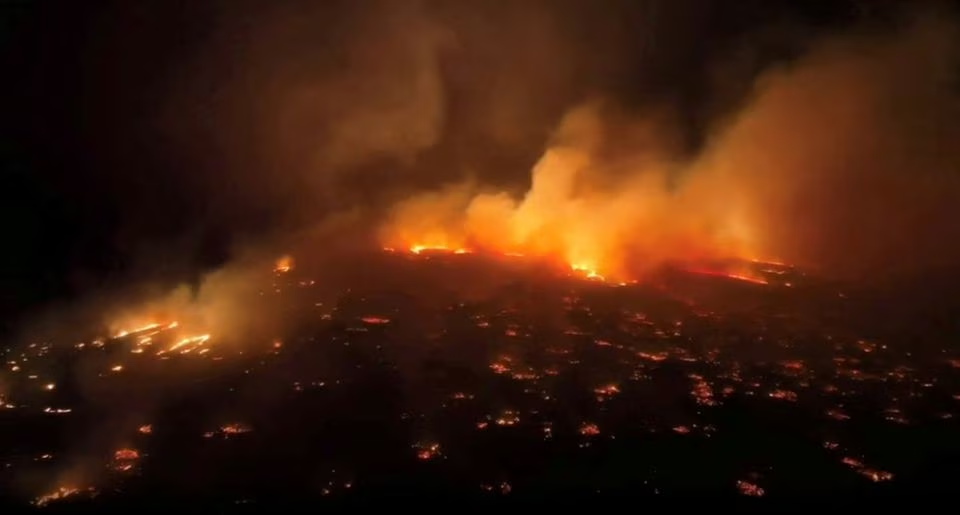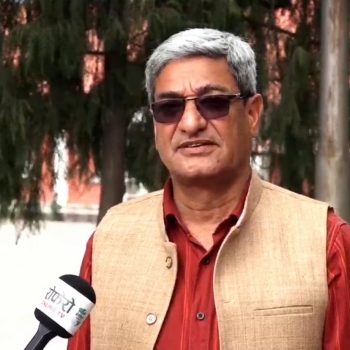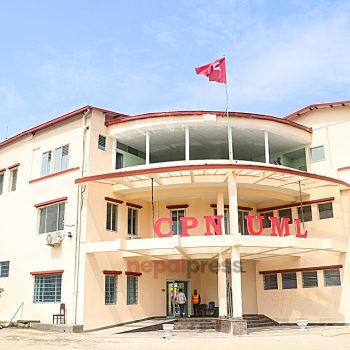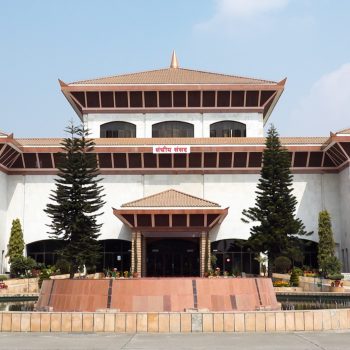Strong winds, huge seas batter Australia’s southeast even as rains ease
 NepalPress
NepalPress
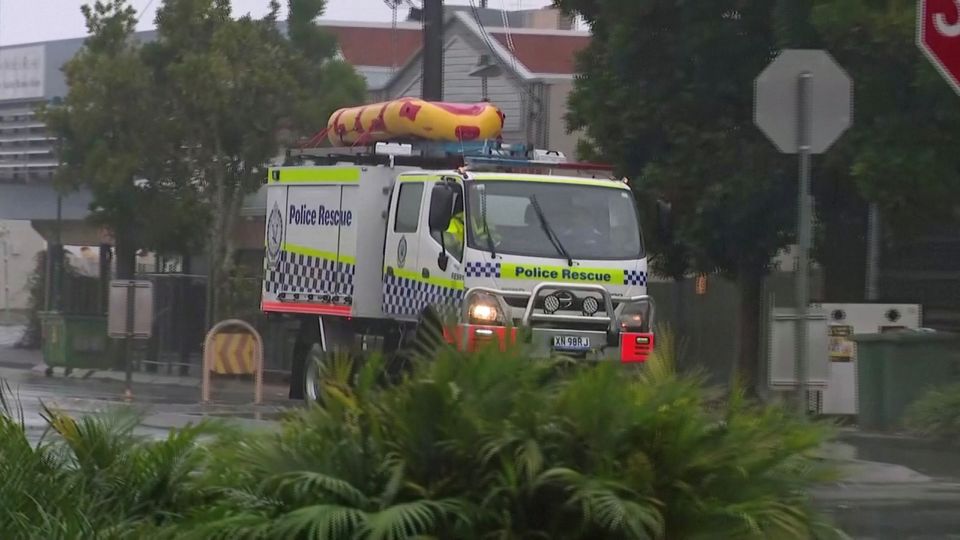
Torrential rain that flooded towns on Australia’s east coast eased on Friday but a combination of two intense weather systems generated wild winds and huge waves at several tourist spots including Sydney’s northern beaches, Reuters reported.
Water levels are gradually receding in the worst-hit towns with some residents returning to their homes to take stock of the damage, though more than 20,000 people remain under evacuation orders, emergency services said.
Tens of thousands of people had to flee from their homes this week for the second time in a month, after relentless rains triggered flash floods and rivers burst their banks.
A record deluge a month ago had prompted the federal government to declare a national emergency. read more
“It’s still pretty dire,” Nick Sutton, a resident in northern New South Wales town of Coraki told ABC television.
“The house that we evacuated to, there are currently three families in caravans as well as us,” said Sutton, whose house is under water.
The death toll from the rains that began early this week rose to three on Friday after a 55-year-old woman who had gone missing in floodwaters in northern New South Wales was found dead, police said.
Australia’s eastern rivers were already near capacity before the latest drenching caused by the La Nina weather phenomenon, which is typically associated with greater rainfall, that dominated the east coast summer for the second straight year.
Climate change is also widely believed to be a contributing to the severe weather, which has raised questions about how prepared Australia is.
Although the rain has eased, the Bureau of Meteorology warned that a low-pressure system in the southeast and a high-pressure system in the south could bring more wind with gusts of up to 100 kmh (62 mph) an hour until Saturday.
Residents in beachfront homes have been told to brace for big waves and erosion. Wind gusting up to 102 kmh was recorded at Murrurundi, about 300 km northwest of Sydney, data showed.





